INDIANAPOLIS—The Department of Mathematical Sciences in the Purdue School of Science at IUPUI is a National Science Foundation (NSF) Research Experience for Undergraduate (REU) site and is hosting nine students virtually from colleges and universities across the country for seven weeks this summer. The department offers students this yearly research opportunity that they may not have otherwise had the chance to participate in. This is the tenth year that the department has hosted summer undergraduate research students and the sixth year of the REU site.
The REU is a competitive program that allows students to work in pairs under the guidance of faculty research mentors. The program is led by Julia Arciero, Ph.D., an Associate Professor in the Math Department. Also participating this year are the following faculty mentors: Jared Barber, Ph.D., Leonid Rubchinksy, Ph.D. (assisted by postdoc Anh Nguyen, Ph.D.), Andres Tovar, Ph.D., and Luoding Zhu, Ph.D.
All meetings are on zoom because of the ongoing pandemic, but the mentors have worked to create a comparable experience for the students. This includes group social zoom meetings (“afternoon tea”), a virtual colloquium series featuring prominent math biologists from around the country, and a virtual conference during the final week of the program for the students to present their results.
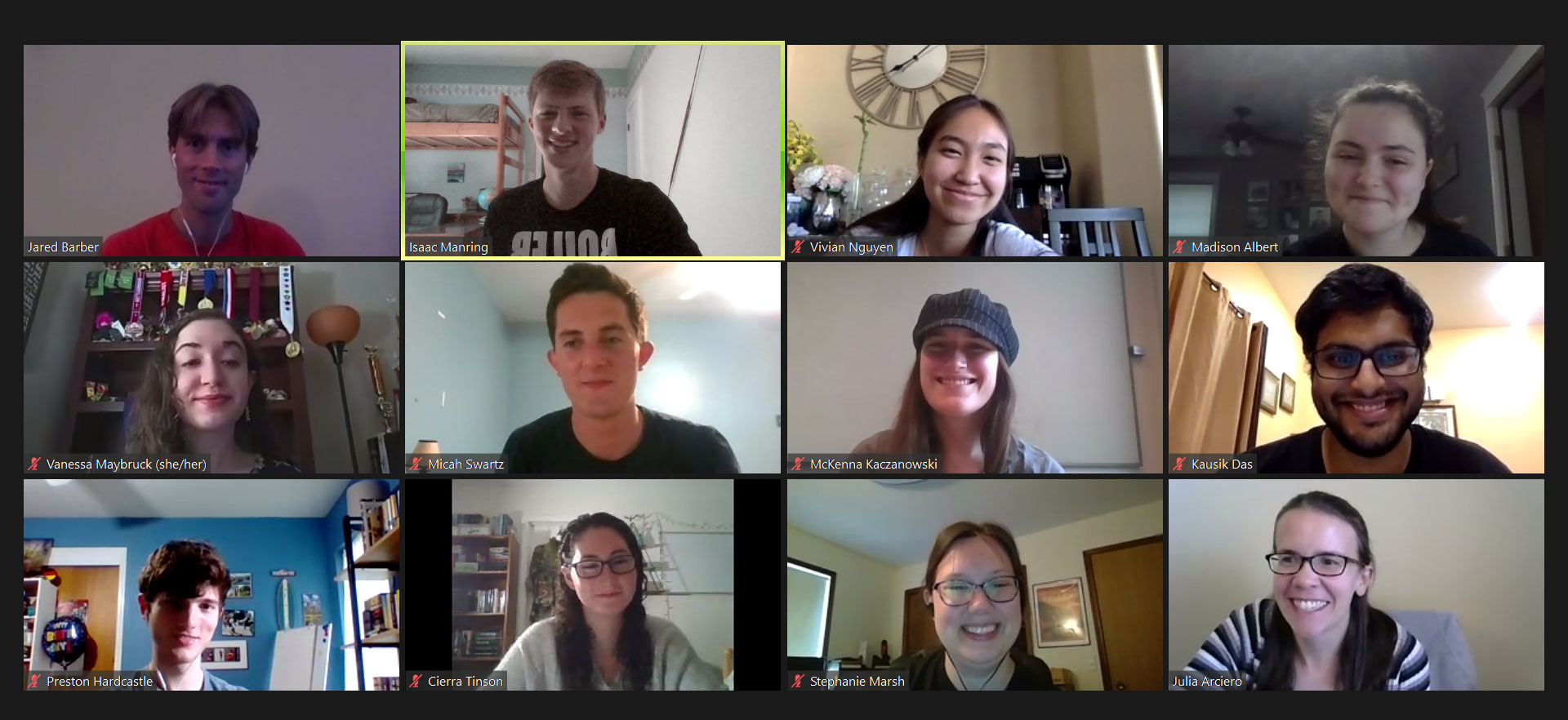
“Since a lot of the research involves computer coding and computational work, mentors can share their screen on zoom, and students will also have work prepared in a way that can be shared via zoom meetings,” said Arciero.
Students are assigned to one of six research projects that faculty are currently working on (please see below for more in-depth explanations of the projects):
- Modeling treatment strategies for transplant patients
- Visualization and digitization of osteocyte images and simulations
- Synchronization of brain rhythms in health and disease, the function of temporal patterning of synchrony
- Modeling the hierarchical patterns of natural materials
- Modeling and simulation of fluid flow over a cellular process in a canaliculus
- Modeling fluid flow over an osteocyte (bone cells)
Students involved in the REU started on June 14 and are currently in the middle of their experience.
I especially love the fact that this project combines my interests in mathematics, physics, and biology, and it's empowering to know that the research can be used to produce new treatments that can improve human lives.”
Kausik Das, undergraduate student at Harvey Mudd College
“I am working with Dr. Luoding Zhu and another student at IUPUI, Isaac Manring. Our project is called ‘Modeling and simulation of fluid flow over a cellular process in a canaliculus.’ Specifically, I am developing a 3-dimensional code for the fluid flow around the deformable, long extensions (called processes) of osteocytes, or bone cells, in their rigid canaliculi, which has applications to understanding how biomechanics and biochemical processes work in the bone tissue,” explained Vanessa Maybruck, a 5th year senior at Kutztown University of Pennsylvania. “This research is a valuable opportunity for me because I am learning new programming techniques, new applications of mathematical modeling, and new methods for modeling and simulating fluid flow. I'm just really grateful to have this opportunity, and I'm glad I was lucky enough to be selected for it.”
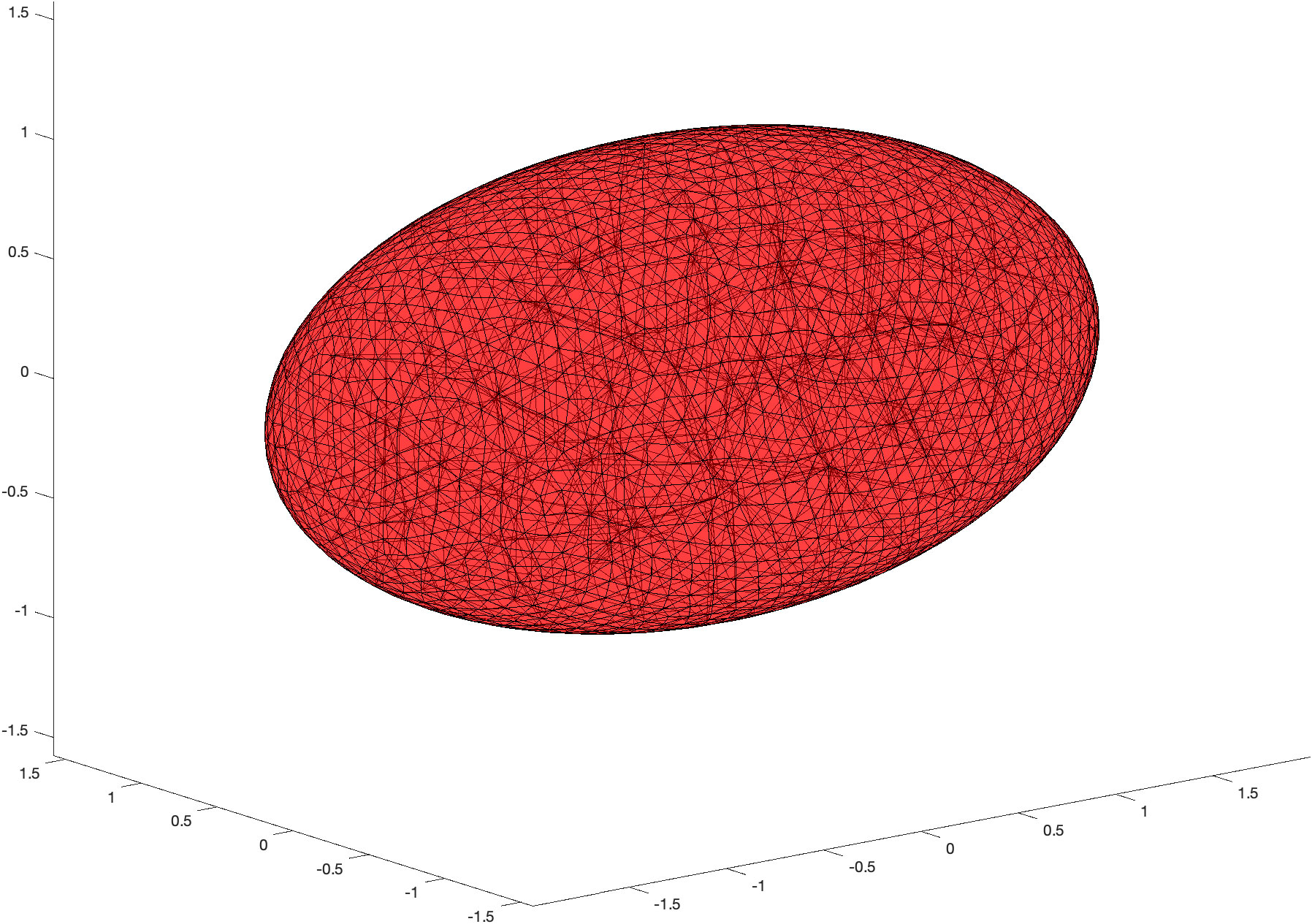
“I am working with Dr. Barber on his project involving modeling osteocytes in order to better understand mechanosensation and force amplification. Specifically, I am developing a streamlined procedure for the digitization of experimental images of osteocytes into a Matlab compatible file,” said Madison Albert, a sophomore at Vanderbilt University. “The opportunity to take part in this research at IUPUI is very valuable to me. I hope to attend graduate school in the future, so I am grateful for the chance to be exposed to research as an undergraduate.”
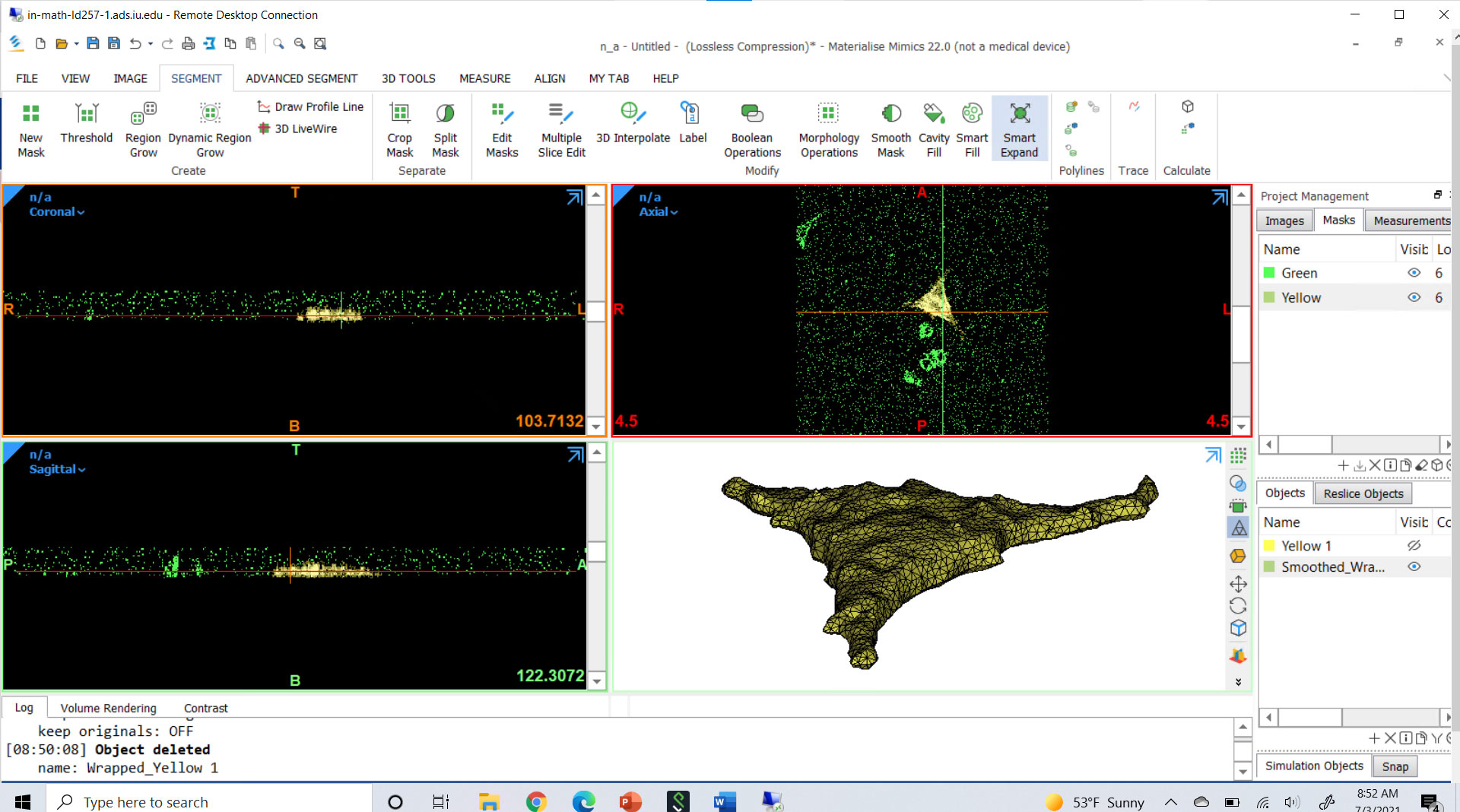
“This research is an opportunity to solidify my existing skills and learn new things that wouldn't necessarily be covered in college classes. It's also a great chance to meet academics from other parts of the country since I've spent most of my time on the West coast,” explained Kausik Das, a junior at Harvey Mudd College. “I especially love the fact that this project combines my interests in mathematics, physics, and biology, and it's empowering to know that the research can be used to produce new treatments that can improve human lives.”
For Arciero, leading the REU is a passion of hers, stemming from her personal experience.
“It was my experience as an REU student when I was at the University of Michigan that introduced me to math biology, and that served as a major turning point in my life that set me on the trajectory of graduate school in mathematical biology and a career in academia. For that, I am forever grateful, and so it means a lot to me to be able to provide a similar experience to today’s undergraduates,” explained Arciero. “I love meeting a new group of very talented undergraduate students each summer and introducing them to applied math research.”
Arciero and the other mentors of the program hope undergraduate students leave the experience with new skills and a renewed passion for mathematics to solve problems in different fields.
“We would like all the students to gain a better understanding of what math research entails, and we would like the students to understand and develop mathematical models to address various questions in biology or engineering. We also would like them to leave the program with proficient knowledge of programming (e.g., using Matlab), analyzing, and interpreting their mathematical model. They should gain independence as a student, and they should also learn to always question and re-assess their work since research is a long and multi-step process,” stated Arciero.
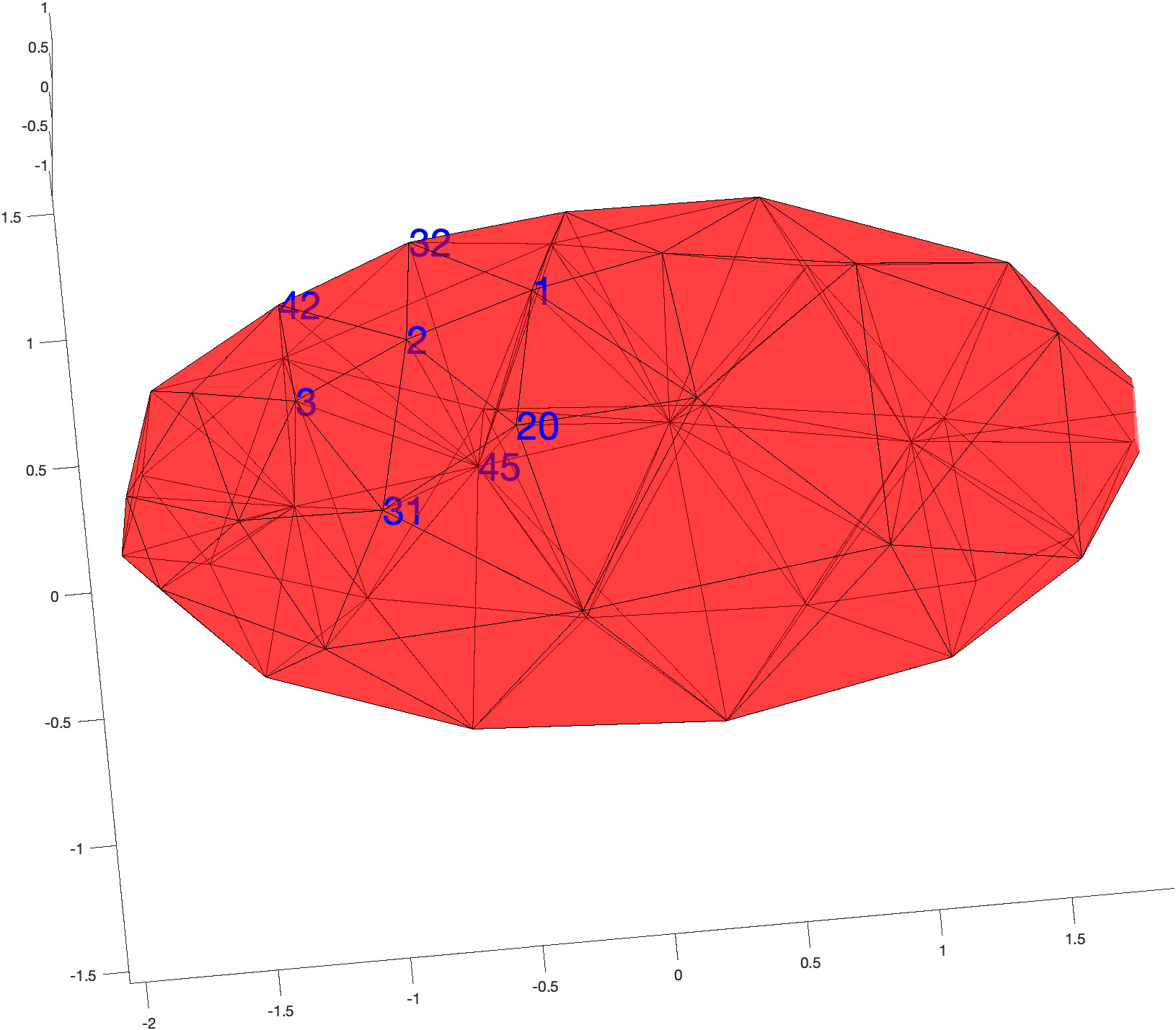
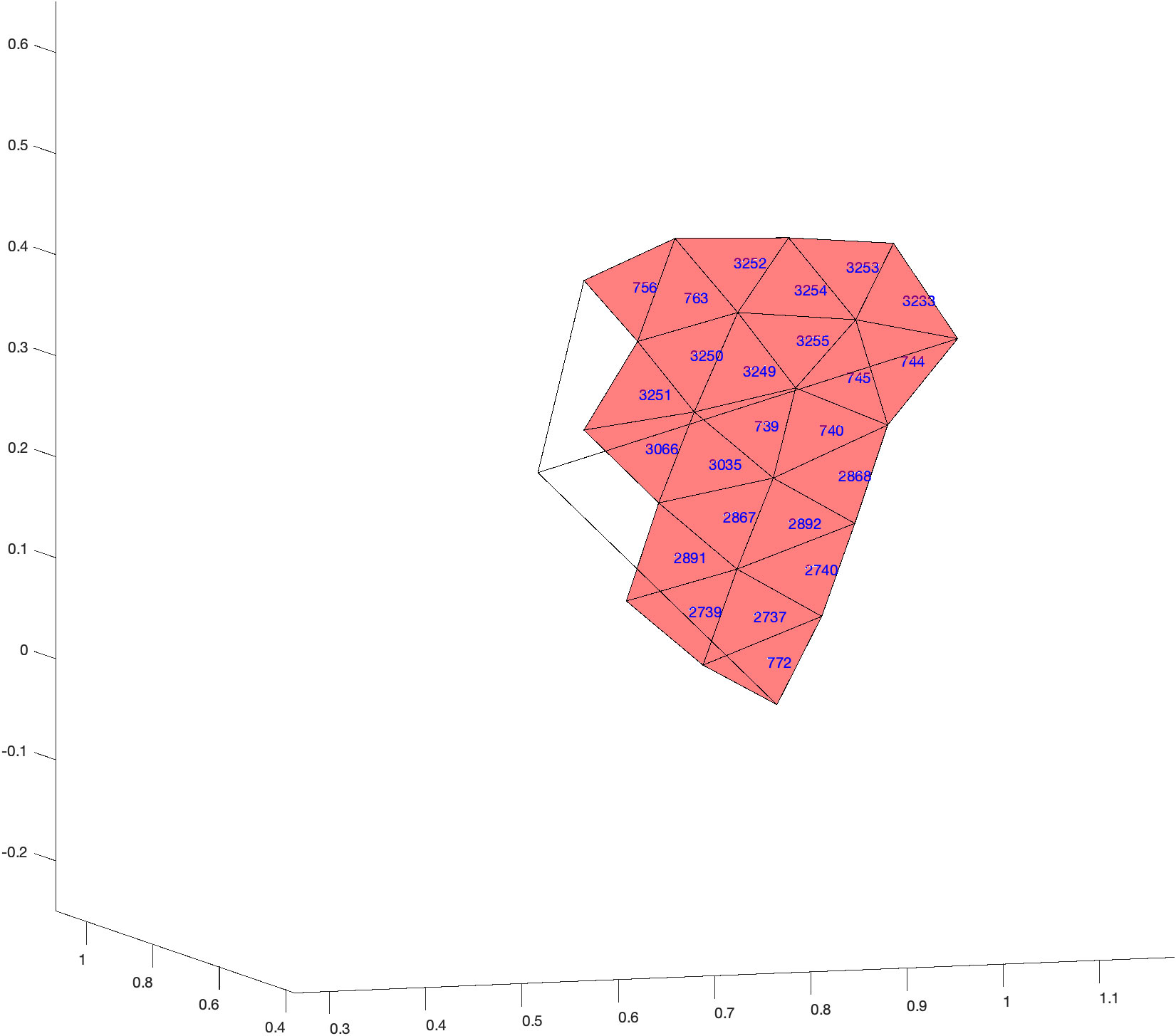
Past students of the program have high praise for the NSF REU at IUPUI; many stated they would not be where they are today without the experience and that it challenged and inspired them to continue on their education path or enter career fields they hadn’t thought possible.
For more information on the REU program, you can visit this page on our website or email Arciero at: jarciero@iupui.edu. Arciero gratefully acknowledges support from the NSF (NSF DMS-1852146).
In-depth explanations of research projects and the researcher leading them.
- ARCIERO: Currently, immunosuppression is required for all transplant patients. In this project, students will create a mathematical model to test combination therapeutic approaches of adoptive transfer of regulatory T cells with immunosuppression to determine if it is possible to reduce the level of immunosuppression required to protect the health of the transplant while improving the quality of life of the patient.
- BARBER/ZHU: Osteocytes (bone cells) direct bone development by sensing mechanical forces deep within the bone and sending signals to other nearby cells to either create or destroy the bone. By using mathematical models of interconnected networks of damped springs that represent the membrane and cytoskeleton or inner protein network of the cell, we hope to better understand the forces that cause osteocyte signal generation. REU student Madison Albert will be developing tools to convert three-dimensional pictures of osteocytes into damped spring networks while REU student Kausik Das will be developing tools that estimate the forces in the damped spring networks which serve as estimates for the forces that can occur in actual osteocytes in real life. Isaac Manring will be working on modeling and simulation of fluid flow over an osteocyte in a lacuna-canaliculi network within a bone matrix in two dimensions. Vanessa Maybruck will be working on modeling and simulation of fluid flow over an osteocyte cellular process within a canaliculus in three dimensions.
- RUBCHINSKY: Neural cells in the brain need to coordinate their activity in time to process the information. Failure to properly coordinate it is known to be associated with an array of neurological and psychiatric disorders. This project will explore the synchronization of neurons in the brain using mathematical, computational, and data analysis techniques.
- TOVAR: The objective of this project is to understand and model the cellular mechanisms in plants and animals that lead to the formation of architectural patterns in natural materials. Cellular modeling software such as CompuCell3D and the numerical implementation of the Cellular Potts Model (CPM) and reaction-diffusion equations will be implemented. Results of this research are of relevance in the design and additive manufacturing of engineering structures as well as in the design and fabrication of tissue using 3D bioprinting methods.